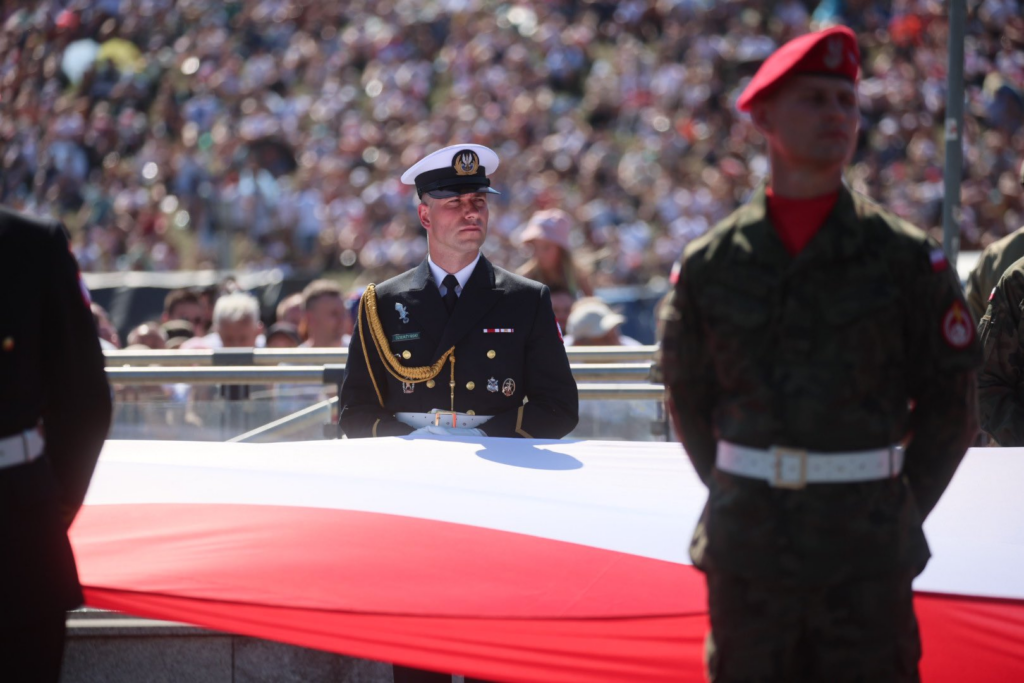The Future Of Polish Armed Forces In Profile: The Armed Forces Day Parade
On the afternoon of the 15 August, the Vistula road was filled with thousands of spectators. They gathered to watch the largest military parade organized in Poland since the fall of the communist government. Thousands of troops and hundreds of vehicles flooded the center of Warsaw and dozens of aircraft flew overhead. Besides the annual celebrations of the Armed Forces Day, and the anniversary of victory over the Bolsheviks in the Battle of Warsaw (1920), the parade had an additional aim. To show the force and rapid modernization of the Polish Armed Forces which is steadily progressing.
A Declaration Of Force
The Polish Armed Forces is currently undergoing a rapid modernization and expansion. The Polish Ministry of Defense aims at expanding the army to 250,000 personnel across all branches. The most successful in fulfilling this plan is the Territorial Defense Force (Wojska Obrony Terytorialnej) which has grown to more than 40,000 servicemen who participate in weekend drills and exercises but also cooperate with the Army in maintaining security at the Polish-Belarusian border.
Some 2,000 personnel from the Air Force, Navy, Territorial Defense, Army, and Special Forces took part in the parade. For the first time, the K9 and cyber defense forces were present at the parade showing the unconventional units at the disposal of the army.
At the opening of the parade both the Minister of Defense, Mariusz Błaszczak, and the President of Poland, Andrzej Duda, gave speeches on the importance of maintaining a strong and modern military ready to deter any external threat to national sovereignty and independence. Both officials thanked the servicemen for their service with utmost gratitude and respect.
New Mechanized Forces
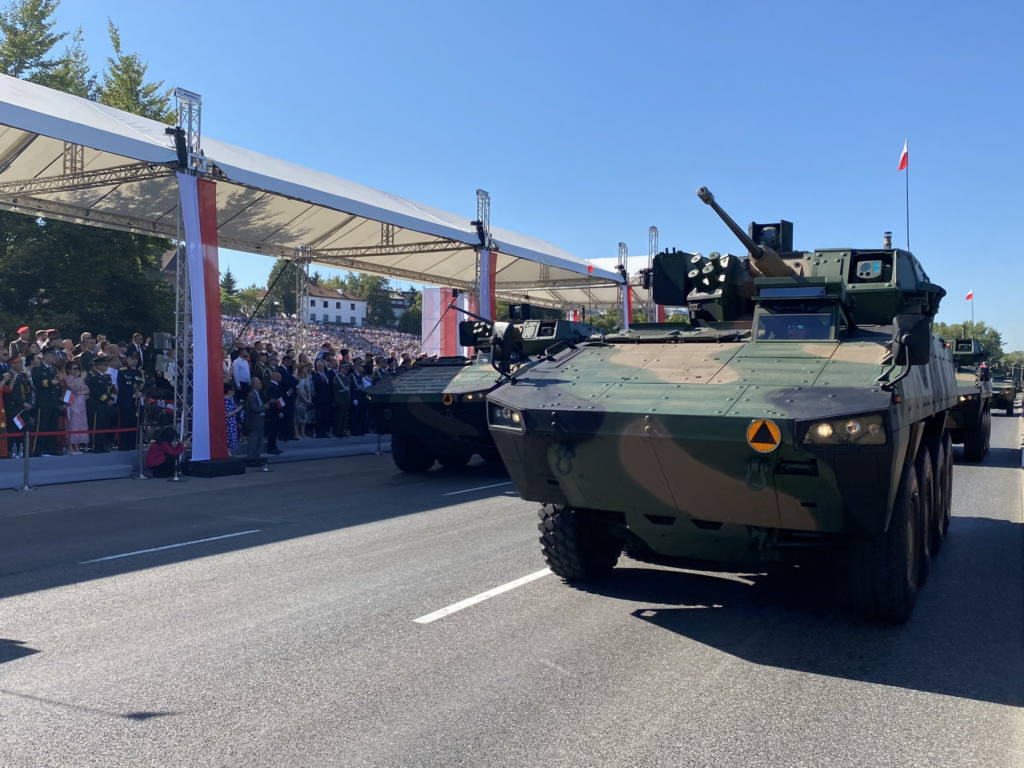
There was a lot of interest in Poland’s newest vehicles that are about to enter service within the next year. For the first time, two modern IFVs – the Badger and the Wolverine with ZSSW-30 turret system took part in the armed forces parade. We have frequently written about the IFVs and the ZSSW-30 system here at Overt Defense but the parade marks the first time it was publicly displayed for a larger audience to see. The Polish Ministry of Defense plans to conduct modernization of all IFV Wolverine in service with ZSSW-30 to replace Oto-Melara HITFIST-30P turrets in service. In addition, a Mid-Life Upgrade version of IFV Wolverine may be soon produced by the Polish Armament Group to satisfy the needs of the growing army.
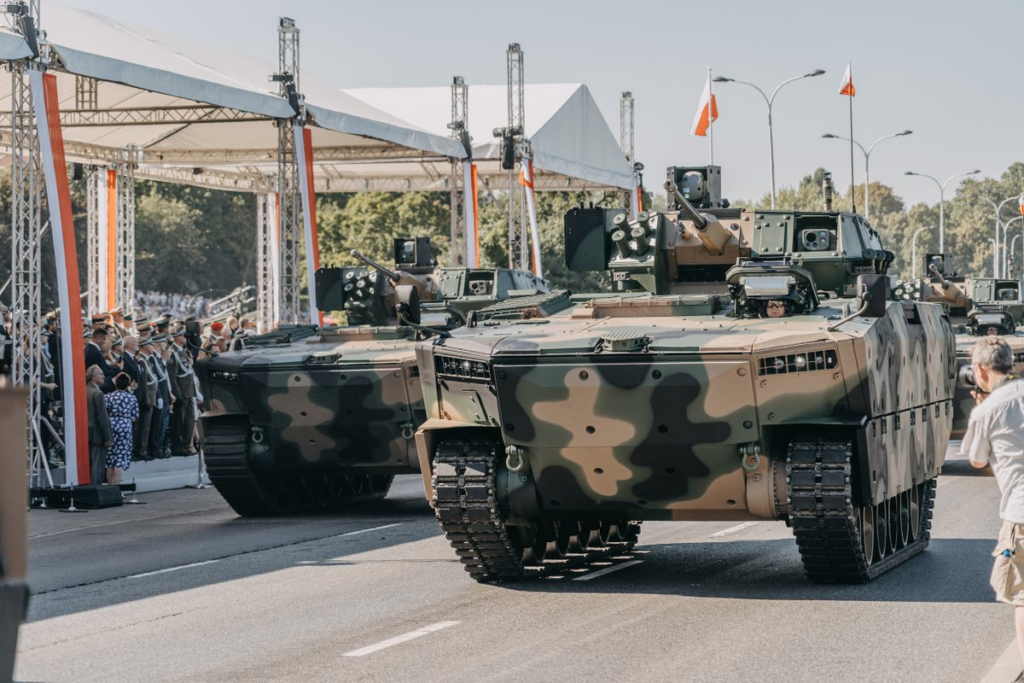
The Badger IFV is yet another vehicle pushing Polish mechanized forces truly into the future. Some time ago the Polish Ministry of Defense announced a plan to procure over 1,000 new tracked IFVs to replace the aging and deteriorating fleet of post-Soviet BMP-1s still utilized by the army. Besides the procurement of the Badger IFV, Polish Armament Agency announced that it continues the talks on the acquisition program of a new heavy IFV that will probably be based on a modified Korean K9 chassis.
Polish Armed Forces want to rapidly increase the number of modern IFVs as they will serve a primary role in newly recreated, restructured, or founded divisions in the East. As Polish topography is suitable for the operations of large mechanized and armored formations, they have remained the core of the army.
Korean Panthers, American Abrams, ‘Polish’ Leopards
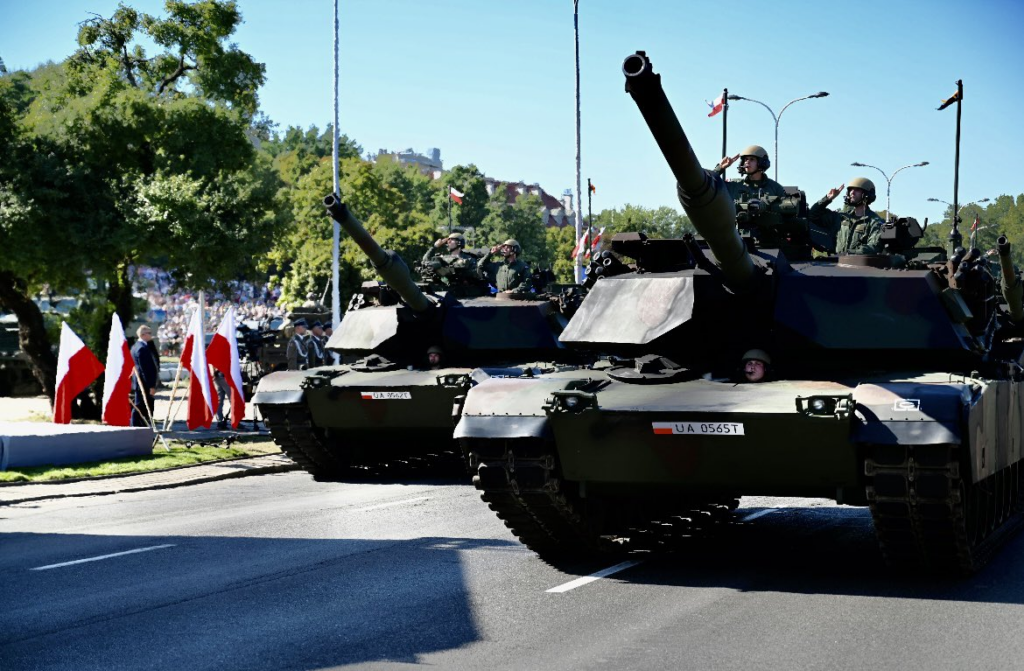
The Ministry of Defense prepared a magnificent display of rapid modernization within Polish tank forces. Dozens of newly delivered Main Battle Tanks followed each other in formation marking the break from the past. Korean K2 “Black Panthers”, American M1A1 FEP, and modernized Leopard 2PL have replaced the post-Soviet T-72M and PT-91. Although symbolic, as PT-91s remain in service, the presentation of the Polish armor shows clearly the direction of changes. New, powerful vehicles with excellent crew protection and modern systems are the response to the possible threat from the East.
Poland is still awaiting the delivery of the first batch of the latest M1A2 SEPv3 Abrams yet the delivered batch of M1A1 FEP has been already put to service in the 1st Armoured Brigade along Leopard 2A5 and Leopard 2PL.
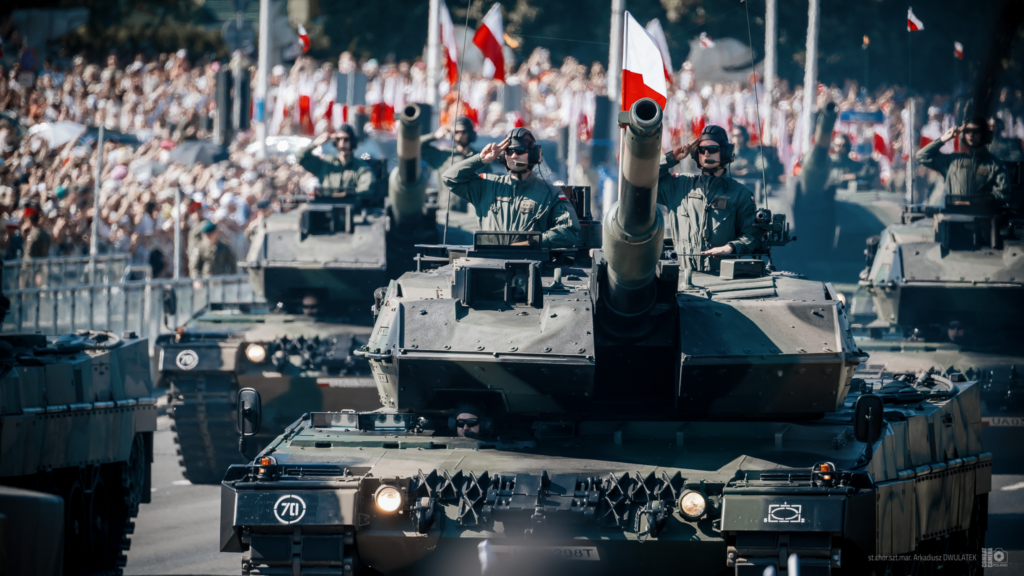
By 2030 Polish Armed Forces will operate up to 1,600 MBTs including:
– 128 Leopard 2PL/PLM
– 105 Leopard 2A5
– 116 M1A1 FEP Abrams
– 250 M1A2 SEPv3 Abrams
– 180 K2 “Black Panther”
– 820 K2PL “Wolf”
It is worth noting that the Leopard 2 tanks will be most probably transferred to other NATO states as Poland aims at the unification of its armored forces and focus on keeping a maximum of 2 types of MBTs in line.
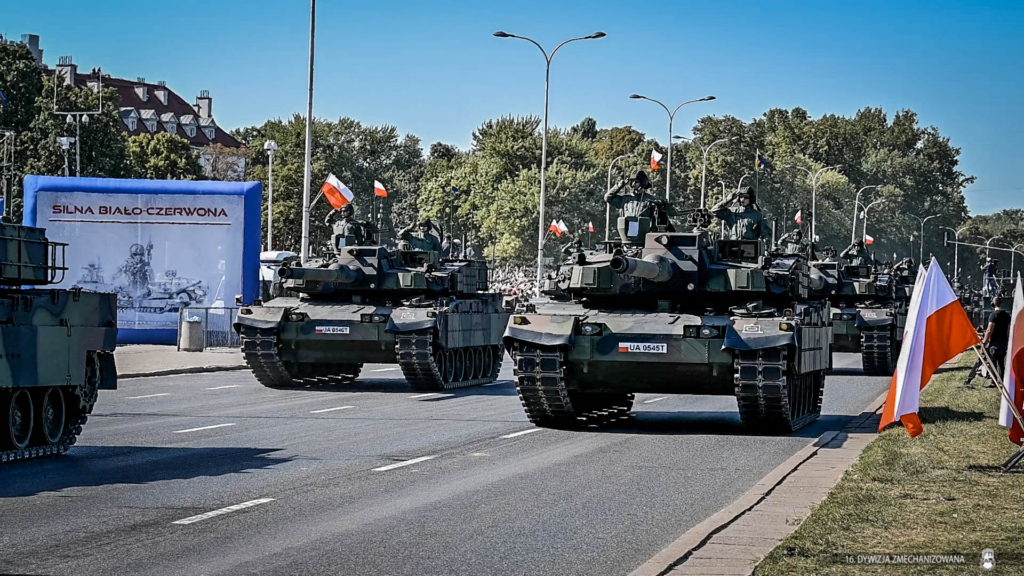
The most important vehicle on this list however, is the K2PL variant that is supposed to be manufactured in Poznań, Poland. The tank will be modified accordingly to the local needs with the follow-up modernization of the remaining 180 K2 to K2PL. Poland wants to renew the capacity to manufacture modern MBTs in the country as both the Cegielski (Poznań) and Bumar (Gliwice) plants lost such ability in the 1990s with the closing of the T-72M production line.
More Firepower Than Ever Before
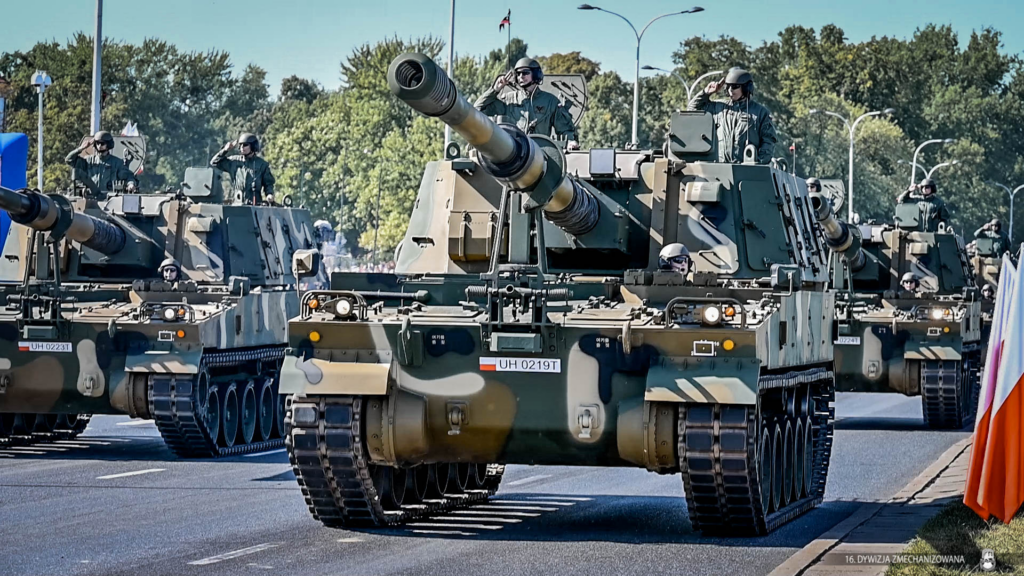
In recent years, the Polish Ministry of Defense placed many orders for conventional and rocket artillery systems. Some of them, like the domestically produced AHS Krab and the US-manufactured HIMARS have proven themselves in the ongoing war in Ukraine. Others have not been tested yet but their presence will surely increase the firepower of Poland’s reformed artillery units that have undergone a transition from regiment-level units to full brigades. A key system that allowed for such change was the South Korean K9 self-propelled artillery system. Poland has placed an order for 212 units of this particular SPH that will be supported by K239 Chunmoo MLRS and HIMARS.
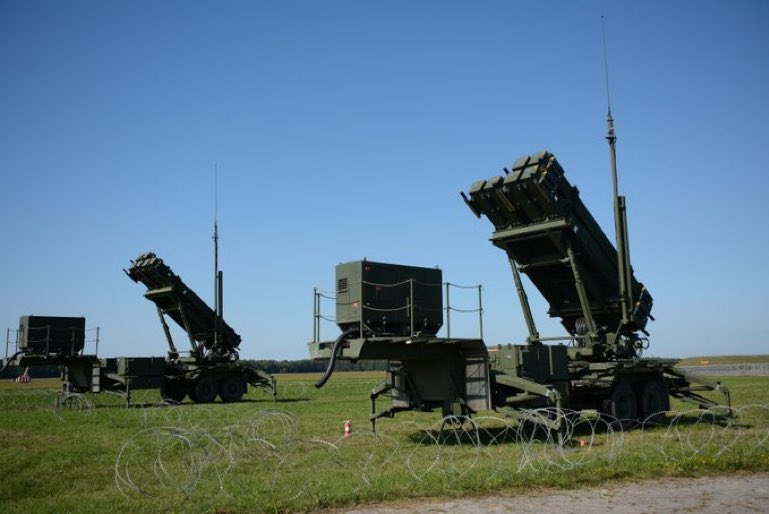
Yet artillery is not the only component that has been visibly enhanced with new equipment. Polish air defense forces received their first Patriot and CAMM launchers that have been already integrated into the system and are prepared to defend the Polish skies.
The Air Component
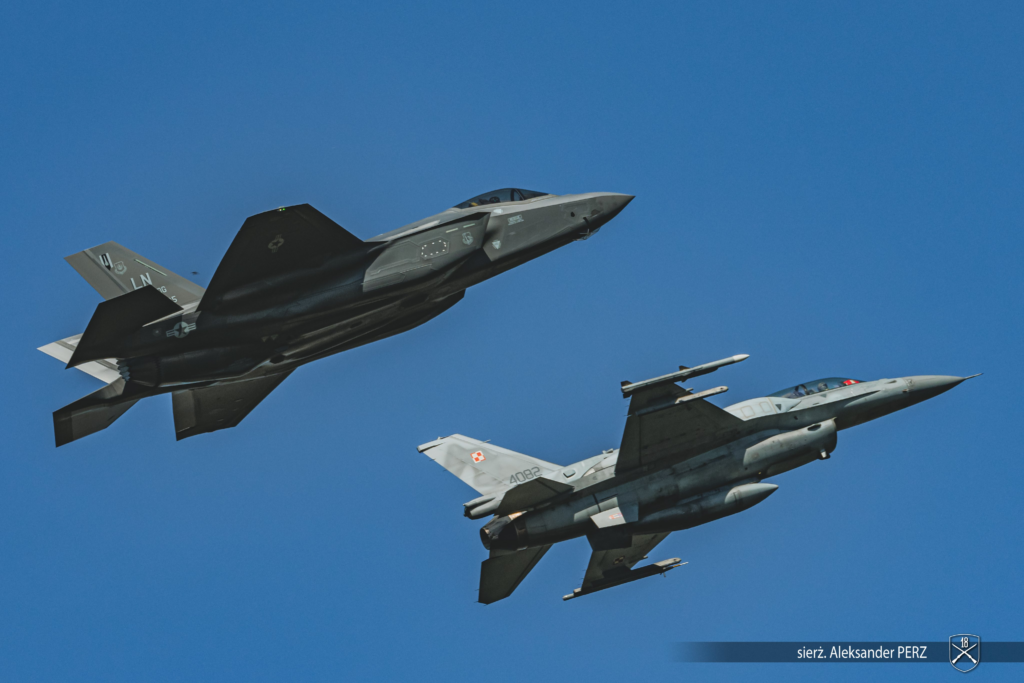
The Polish Air Force is undergoing rapid changes in equipment and aircraft. Back in 2019, the Polish Ministry of Defense signed a contract for the delivery of 32 modern F-35 fighter jets to support the existing fleet of 48 F-16C/D Block 52 jets. The role of F-35s will be the extension of situational awareness and increase in the combat capacity of fighter wings of the Polish Air Force. Poland has also procured its first F/A-50GF light fighter jets from South Korea that will replace the remaining MiG-29s.
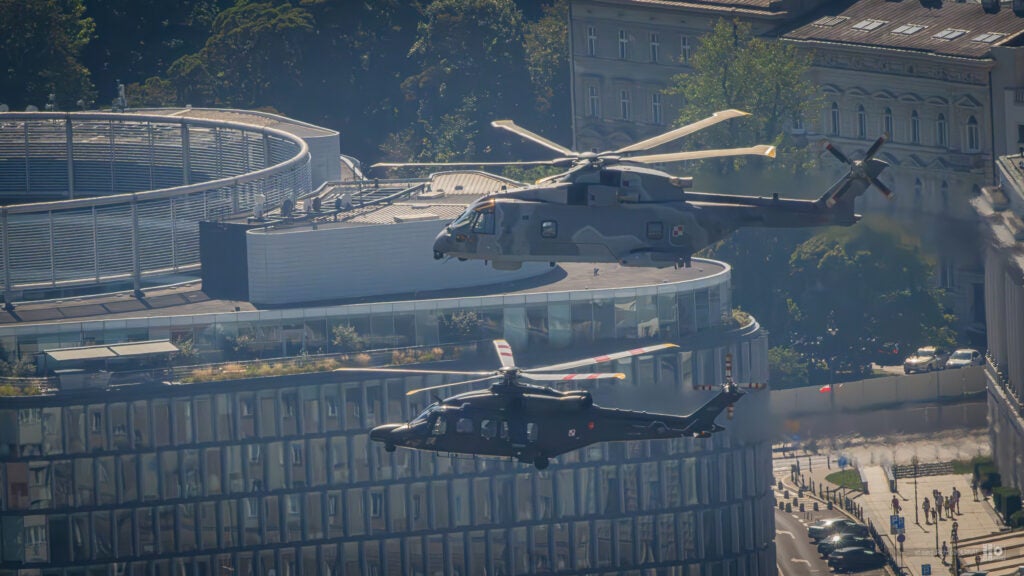
Some of the greatest changes come in terms of the helicopter fleet. This year the first long-awaited AW101 ASW was delivered to the Polish Navy. The Augusta-Westland aircraft will replace the aging Mi-14 fleet. But this is not the end of the news regarding the modernization of this segment of the armed forces. Leonardo, the manufacturer of AW helicopters will deliver 32 AW149 utility aircraft along with 22 AW101 heavy-lift aircraft and an additional 32 S-70i Black Hawk will also be procured. This is the most visible modernization effort of the Polish air cavalry since the failed contract for the procurement of H-225M from Airbus.
Poland is also seeking a large procurement of AH-64E Apache attack helicopters from Boeing. This year Poland was granted clearance for the procurement of AGM-114 ‘Hellfire’ missiles. The Polish Ministry of Defense is interested in obtaining almost 100 AH-64s in order to provide sufficient battlefield support for mechanized units. Polish Army is still utilizing old Mi-24 aircraft, but this fleet is steadily shrinking due to a lack of parts and overexploitation.
The Summary
In the last two years, the Polish Ministry of Defense has committed huge efforts and budget to rapidly modernize the entirety of the armed forces. Despite the fact of choosing off-the-shelf solutions, the technical modernization program provides entire systems, not sole assets into the operational capacities of the army.
Poland aims to become the largest and strongest military in Europe by the end of 2030. If the current trend continues the Polish Armed Forces may expand to six full-scale divisions with firepower that can easily overwhelm any effort of Eastern neighbors to intrude into Polish territory. Poland will not be able to gain a numerical advantage over the Russian Federation and its allies but it can surely gain such capacity to inflict extensive damage to its operational abilities and render frontline units incapacitated.
Despite the impressive progress and significant procurements made there are still come uncertainties and the upcoming parliamentary elections may further shape the future of the development of the Polish Armed Forces and the direction of changes.
Photographs used in this article were provided courtesy of the Polish Ministry of Defense, 16th Mechanized Division, 18th Mechanized Brigade, and the 1st Armored Brigade

